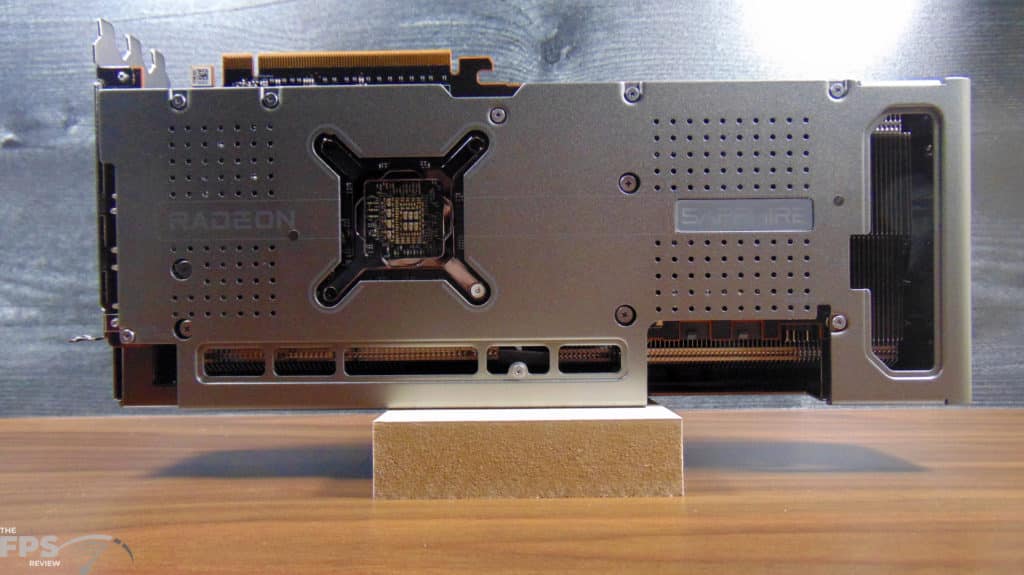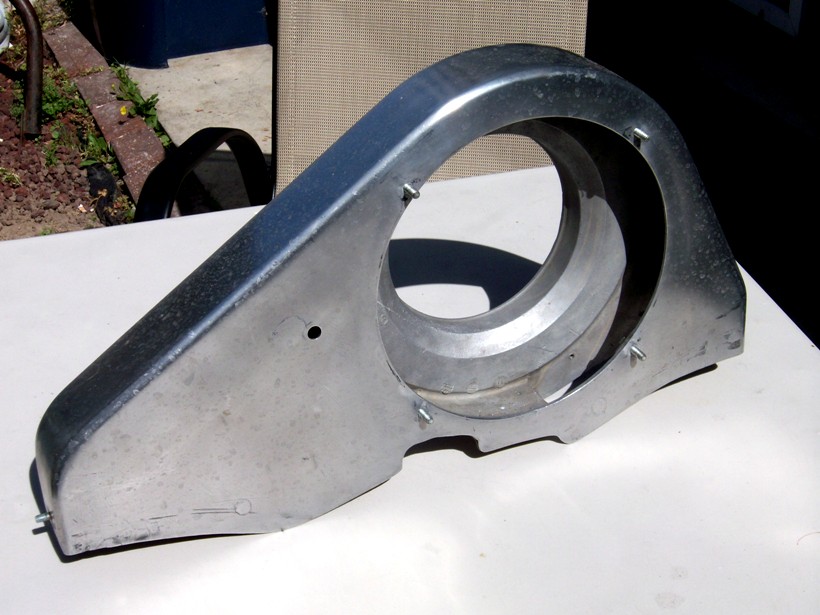

By adding rubber flaps roughly 2 inches tall x 3 inches wide in all four corners of the shroud, the flaps will allow air to exit at freeway speeds yet will remain closed when the fan is running. But at highway speeds, the solid shroud could cause overheating issues because it can block air from efficiently exiting the shroud. The shroud is designed to help pull air through the entire radiator face at low speeds when the car is in traffic. These shrouds are constructed of sturdy 0.125-inch (1/8-inch) thick aluminum and can easily accommodate mounting an electric fan.Īnother consideration you might want to keep in mind would be to add pressure-relief flaps to this shroud. You could then mark a position for the fan and mount the fan directly to the shroud. For example, Summit Racingoffers a universal aluminum shroud that measures 22 inches wide and 19.5 inches tall that would come very close to a perfect fit on the above example radiator core. This will allow the fan to create low pressure over the entire back side surface of the radiator’s core. The solution is to find a shroud that will cover the entire face of the radiator core that can then mount the cooling fan. If the fan is affixed directly to the core’s face, this will only pull air across half of the radiator in low-speed driving when you need maximum cooling. A 16-inch round fan covers only 201 square inches, which is only half of the total surface face of the radiator. The best way to maximize the efficiency of any radiator is to pull air through every square inch of the radiator’s core.Ī typical crossflow radiatormight measure 22 x 18 inches which equals nearly 400 square inches of cooling surface area. The whole idea behind any fan is to create a low pressure area behind the radiator which then uses atmospheric pressure to push the air through the radiator, which transfers heat away from the cooling tubes and fins. In addition to making the fan a puller, typically a single large fan will not cover the entire face of the radiator. Dedicated pusher or puller fans use a blade that will be most efficient in their intended direction. Be aware that electric fans are sometimes designed strictly as either pushers or pullers. As a last resort, you can place the fan as a pusher. You might be able to offset the fan slightly on the radiator, which can produce the clearance necessary. Sometimes however, placing a single large fan in the middle of the radiator creates clearance issues with the accessory drive – generally the water pump pulley. Fansthat pull air through the radiator operate roughly with a 10 percent advantage. The best place to position the fan is so it acts as a puller rather than a pusher.
#Aluminum fan shroud install#
If we install a fan shroud in between that covers the entire radiator, the fan will be able to pull cool air through the radiator’s entire core.


You can easily see that the fan will only pull cool air through the portion of the radiator covered by the fan. Here’s a photo of a typical 16-inch fan mounted without a shroud on an aluminum radiator.


 0 kommentar(er)
0 kommentar(er)
